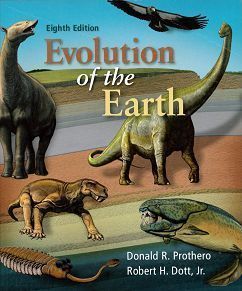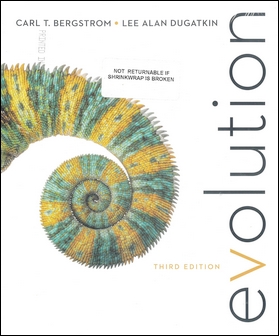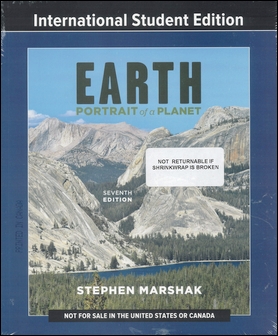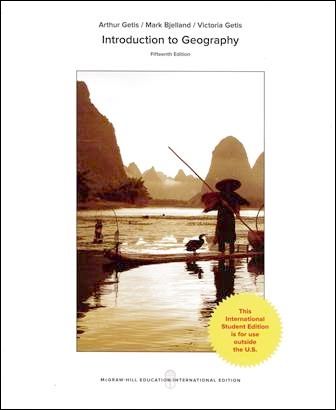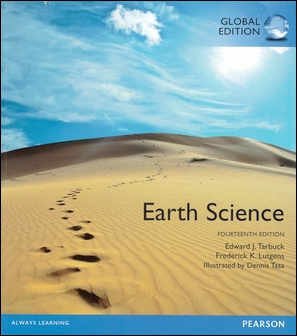書籍分類
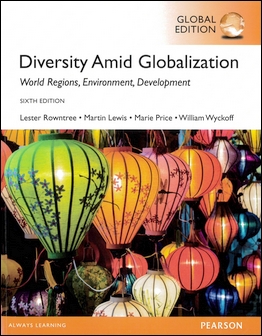
Diversity Amid Globalization: World Religions, Environment, Development 7/e
作者:Lester Rowntree, Martin Lewis, Marie Price, William Wyckoff
原價:NT$ 1,760
內容介紹 本書特色 目錄
- Description
- Students learn how to think outside the map: MasteringGeography and textbook-integrated technology take students outside of the pages of the book, and into the world of distant places and people.
- An amplified global perspective through NEW and updated content: This new Sixth edition maintains, refines, and strengthens the text’s hallmark thematic organization and focus on globalization in a number of ways.
-
New Everday Globalization features:
- In Population and Settlement sections, there is anew discussion of “Demographic Transition” that includes adding a fifth stage to traditional model.
- In Cultural Coherence and Diversity sections, there are two new sections: “Gender and Globalization”, and “Sports and Globalization."
- In Geopolitical Framework sections, there are two new sections “World Political Systems”, and “Decentralization and Devolution”
- A consistent thematic chapter organization encourages students to compare regions and discourages memorization of facts and places.
- An active learning approach encourages student participation with the material and ensures effective reinforcement of the concepts through the text’s pedagogy, fundamentals, and tone.
Diversity Amid Globalization takes students on a journey into the connections and diversity between people and places–the contrasting regions of the world–within thematically organized regional chapters. With an arresting visual layout and new and updated content and maps throughout, the text maintains and strengthens its hallmark thematic organization and focus on globalization, while encouraging students to participate in the material using a number of stimulating, interactive learning tools.



